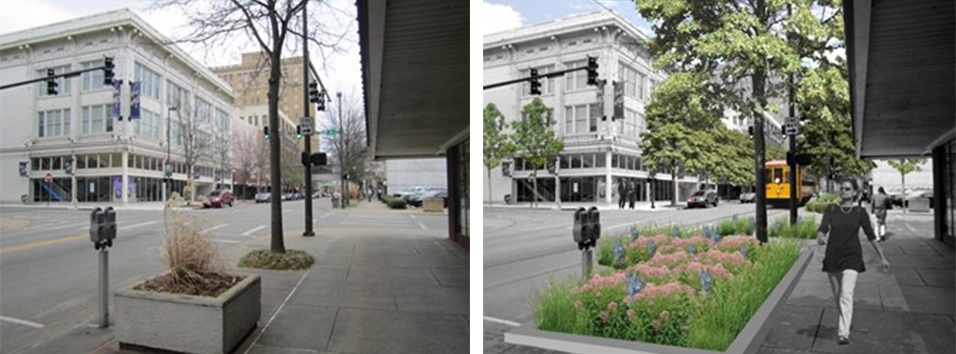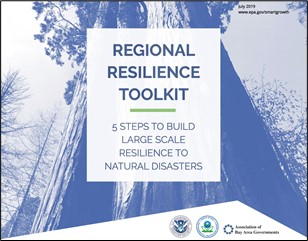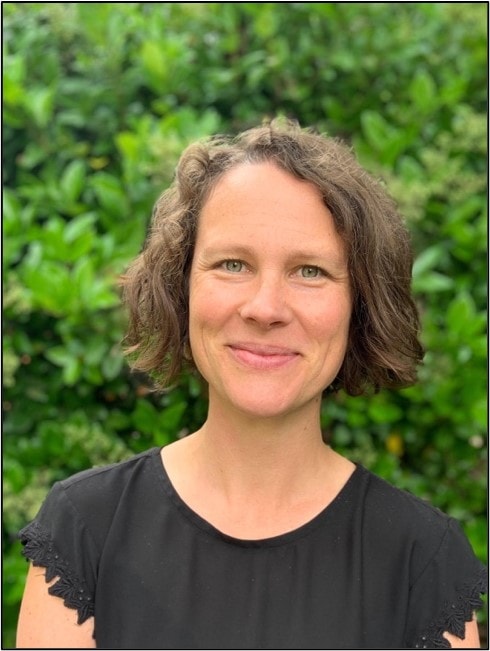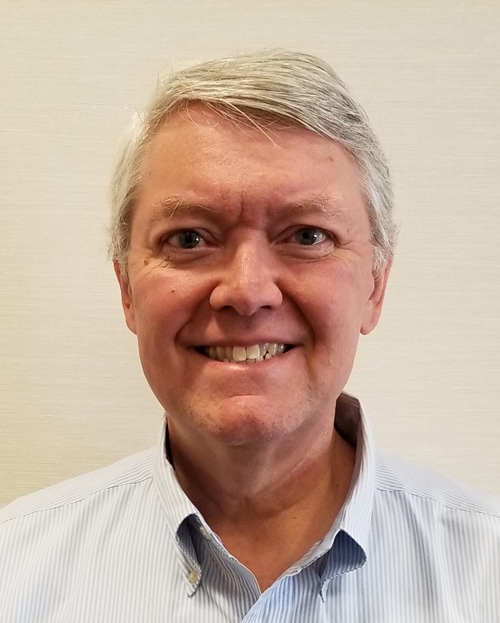Welcome to Episode 4! We’re discussing the role of EWN and nature-based solutions (NBS) in addressing urban challenges to build community and regional resilience. Host Sarah Thorne is joined by new co-host, Burton Suedel, Research Biologist at the US Army Corps of Engineers (USACE); Abby Hall, Senior Advisor on Local and Regional Planning, with the Office of Community Revitalization, at the US Environmental Protection Agency (USEPA); and Jim McPherson, Federal Coordinating Officer for Region 1, with the Federal Emergency Management Agency (FEMA).
Jim has had a long career in disaster response, first with the U.S. Coast Guard, where he participated in the response to Hurricane Katrina, now a Federal Coordinating Officer with FEMA. Jim’s current role is coordinating all federal agencies in a disaster, including USACE: “One of my favorite agencies to work with is the US Army Corps of Engineers because they are the nation’s toolbox. They can do anything.”
Abby grew up in rural Oklahoma as a citizen of the Cherokee Nation and studied anthropology at Stanford University. Her environmental education work at the EPA focused on helping people gain more access to green space in their day-to-day lives, whether it be big city parks, urban trees, community gardens, or creek trails. This led to her focus on green infrastructure for disaster resilience: “Resilience is a community’s ability to survive disasters and to be ready for the impacts of climate change, protecting public health, delivering environmental justice, preserving a culture, strengthening the local economy, for long-term success of the community overall, not just in the context of natural disasters.”
The EWN Program has a relatively new focus on urban landscapes and the environment. As Burton notes, “EWN has funded a research task specifically looking at how EWN concepts and principles have been and could be incorporated into urban settings and landscapes. There are multiple challenges at the urban level. We’re thinking about managing flood and storm risk. We want to improve the ecosystem functions associated with community infrastructure. And we also want to improve the water quality and flood protection in these areas and by so doing, improve the public health and social benefits.”
The focus of EPA’s Greening America’s Communities Program is similar. Abby says, “It’s one of my favorite things I get to work on at EPA. It’s a design assistance program for communities where EPA and a team of landscape architects and urban designers come to a community and hold workshops with a range of local perspectives to put together a vision for what green infrastructure solutions should literally look like. We’re talking to the school kids who need a green street to walk from home to school. We’re talking to the farmers who need a space in town to create a farmers’ market. We’re really bringing together different perspectives to design that green infrastructure and people love the approach because it’s fun, it’s engaging and it’s visual. Whether it’s a city or a tribal community, they can use the pictures created to fundraise and actually get their designs built.”

The EPA, working with FEMA and a regional land use agency in the San Francisco Bay area, developed the Regional Resilience Toolkit to help regions and communities to become more resilient. It presents a 5-step process to bring together government and non-government regional partners to produce the top priorities for resilience investments across a region to plan, fund and build large-scale green infrastructure. The process meets FEMA’s requirements for its hazard mitigation planning program, which means the priority action is eligible for FEMA funding. And as Burton notes, “The Toolkit is a really good enabler, not only for the EPA, but as a way to collaborate with USACE and others looking for increased inter-agency collaboration, and perhaps for conducting pilot projects and other projects going forward.”

Jim emphasizes the importance of these approaches being actionable. “It’s very important that we do these studies, but it’s more important that we have an action plan. FEMA is really results-driven. We’re action-orientated we don’t just want to pass information.” As an example, Jim describes a coordinated response to homelessness in Hartford, Connecticut: “FEMA was putting everybody into a hotel during COVID, but people weren’t getting any services, they were basically just housed. Then we got together with fed, states, locals, our USACE Lead Field Coordinator, and she starts looking at all the types of things that we could bring into this hotel — organic gardening, vertical gardening, having residents compost leftover food from local restaurants, putting solar panels on the roof and having some who are formerly homeless people get training. Now we’re using all the wraparound services from the federal, state, and local governments. When we talk about vulnerable populations, there has to be a solution. It can’t just be identifying that we have a housing, a homeless situation. What am I going to do about it?”
Taking a holistic approach to building community resilience is a key theme of this episode. Abby comments that, “EPA’s Equitable Resilience Assistance Program reflects a priority across the federal government to look at how equitable our programs and funding are. We’re working with states and tribes, focusing on large funding streams, starting at federal sources and flowing through states and tribal governments, and how can those be more thoughtfully distributed.”
As the episode wraps up, Burton emphasizes the growing need to renew existing infrastructure, relating how the concrete and steel structures constructed over the past 100 years must be modified, repaired, or replaced. “When we replace this infrastructure, we need to think about ways we can increase the value associated with it, going beyond intended engineering objectives, to include environmental, social, and economic benefits. One of the best ways to do that is to incorporate nature-based solutions into these projects to provide greater benefits.”
Collaborating with agency partners to bring a full slate of expertise and resources to address multiple challenges at the community level is really the key to building resilience.







